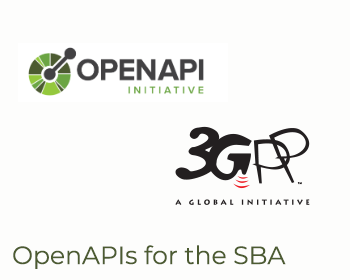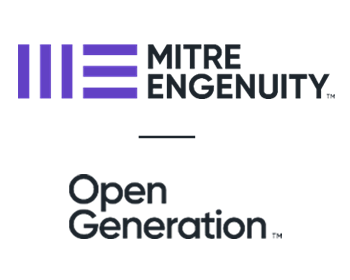Keyword search
X The Fifth Generation of Mobile Telephony, or 5G, or 5GS, is the system defined by 3GPP from Release 15, functionally frozen in June 2018 and fully specified by September 2019.
3GPP defines not only the air interface but also all the protocols and network interfaces that enable the entire mobile system: call and session control, mobility management, service provisioning, etc. Thanks to this approach 3GPP networks can operate in an inter-vendor and inter-operator context.
5G is defined in several phases. Release 15 specifies 5G phase 1, which introduces a new radio transmission technique and other key concepts such as an industry-grade reliability, an extended modularity, or a faster response time.
By Lionel Morand, 3GPP TSG CT Chair
Core network as a Service
The fifth generation of mobile networks defined by 3GPP, has not only introduced 5G NR (New Radio), but has also brought in a new core network relying on an open and modular service platform: the Service-Based Architecture (SBA).
SBA provides a cloud-native service framework in which mobile core network functionalities (authentication, mobility management, etc.) are supported by Network Functions (NFs), self-contained software applications that can be run on commercial off-the-shelf hardware hosted by cloud infrastructure.
By Jean-Michel Cornily, 3GPP WG SA5 Rapporteur for EE work items
Pursuing its work on Energy Efficiency (EE) and Energy saving (ES) of mobile networks, 3GPP SA5 has, in Release 17, extended its scope from RAN only to the whole 5G system. EE Key Performance Indicators (KPI) have been defined for the 5G core network and network slices.
As for RAN, their Energy Efficiency is defined by their performance divided by their Energy Consumption (EC), where the definition of the performance depends on the type of network entity it applies to. From this, SA5 work aimed at defining the best metrics for each of them, and their measurement method.
By Adrian Buckley and Leila Ribeiro
Someday drones will be ubiquitous, but network limitations, safety, and security concerns make imagining a world where drones are delivering packages to our doorsteps almost impossible. MITRE Engenuity’s Open Generation 5G Consortium was created to get to this future faster by accelerating use cases enabled by the unique characteristics of 5G such as cloud-based solutions, device-to-device communications, network slicing, and native edge computing.
Open Generation includes leaders from established private sector companies, start-ups, and academia, working together to develop 5G innovation to solve real life challenges. Joining 3GPP as a Marketing Representation Partner (MRP) allows Open Generation to play a leadership role in shaping the future of the telecommunications industry, permitting both those inside the consortium and members of 3GPP not in the consortium to benefit from its work.
By Giorgi Gulbani, CT4 Rapporteur for the PortAl Work Item
Since 2015, The Internet Assigned Numbers Authority (IANA) has encouraged 3GPP to find and implement a solution for the port assignments for protocols only used in 3GPP networks, as an alternative to IANA assigned port numbers. In the meantime, IANA and the Internet Engineering Steering Group (IESG) have continued processing applications for new port allocations and do grant numbers, so long as their recommendations given in IETF RFC 7605 are followed.





